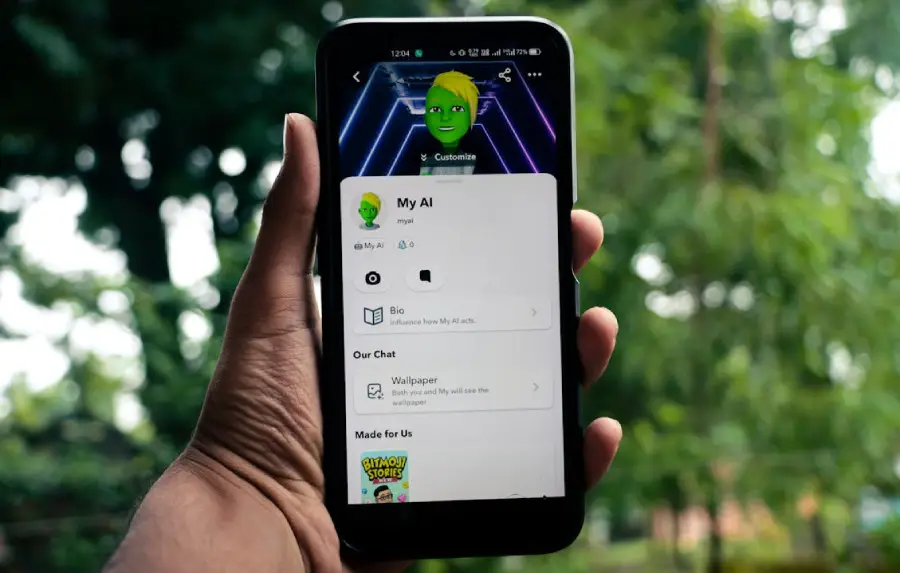There’s no one-size-fits-all when creating a website. Before you start, establish your goals so the design tools and elements you implement can help achieve them. The nature of your business is of paramount importance. A medical center and an architecture firm will have completely different needs and designs. Your site’s appearance is influenced by your channel of transactions: whether you’ll only be selling goods or services online, there will be a physical store, or both.
Main considerations
There are a few important questions to ask yourself when beginning the process of making a small business site:
- What information must I give my site’s visitors?
- How to display my products or services?
- What do I want people to do after they view my site?
- Do I need to show an online portfolio of previous orders?
Expected traffic
You need to consider how much traffic you can expect. You might get much more attention than a local physical venue if you want to sell products online, but that’s not a given. Think about hosting services and platforms that will be suitable for such a level of traffic.
Different businesses have different goals when creating a website. It can be a platform to sell art, a portfolio site, a site to showcase the business, or a site for branding purposes. One common goal is to get more potential customers to sign up for an email list.
Choose a domain
One very important step of this whole process is choosing a domain name. This is your website’s online address. The name should be associated with your brand or product. The best extension is .com. If you choose WordPress for your first site, which many small businesses and startups do, know that free domains come with WordPress hosting.
The website should complement your online and offline assets as well as other aspects of your business. The design of business cards and presentations are examples of offline assets. Your social network accounts and blog are examples of online assets.
The importance of holistic design
All your site’s elements will be affected by your brand identity, down to the color of the buttons. At least they should take it into consideration. The site needs a unified feel. WordPress has a lot of interesting design templates you can use. They have a professional appearance, and, most importantly, they are free. Platforms like Pinterest and Instagram can give you further design ideas.
You can also have a look at your competitors’ or favorite brands’ websites and read listicles about the latest in website design. Curate and select different elements that could work for your business.
Color and fonts can play a crucial role in evoking emotion. The right fonts and color palette will go above and beyond lending visual appeal. Your audience will associate your brand with a particular emotion, and that can work in your favor.
Plan your pages
Your website’s structure, the sitemap, should include the pages you want to add and how they are connected. When you plan your structure in advance, navigation will be easier. What’s more, you’ll provide a smoother user experience.
Tips for content
The text can include the site’s header tagline, calls to action, and other typical components. You should prepare it before your site is ready so you have something to populate it with. You can incorporate additional visual elements.
It doesn’t have to be perfect from the start. You can always edit it. You’ll need to update it now and then to keep your target group attentive. Making updates to text tells search engines the site is current and active, and it ranks higher in search results.
Some people are tempted to go for quantity over quality when they create content. This can work against you. Apart from that, the site should be well-organized. Visitors should feel at ease browsing it. When someone accesses the site, the essential content should be visible as opposed to having them scroll to see basic info.
WordPress plugins
People are more likely to buy products or services from you when you have more exposure. Yoast is an excellent plugin to this end. It helps optimize your pages for SEO. You might also benefit from plugins like Wordfence Security to improve security, UpdraftPlus for automatic site backups, Google Analytics to analyze traffic, and Optimole for image optimization.
Use social media to your advantage
It’s free, easy, and practical to get site visitors to share content on social media. Have people proofread your content and check the links and buttons. They can provide valuable feedback about the message you’re sending and how your brand comes off in general.




 Why Are Online Gaming Websites With Real Money Popular?
Why Are Online Gaming Websites With Real Money Popular?